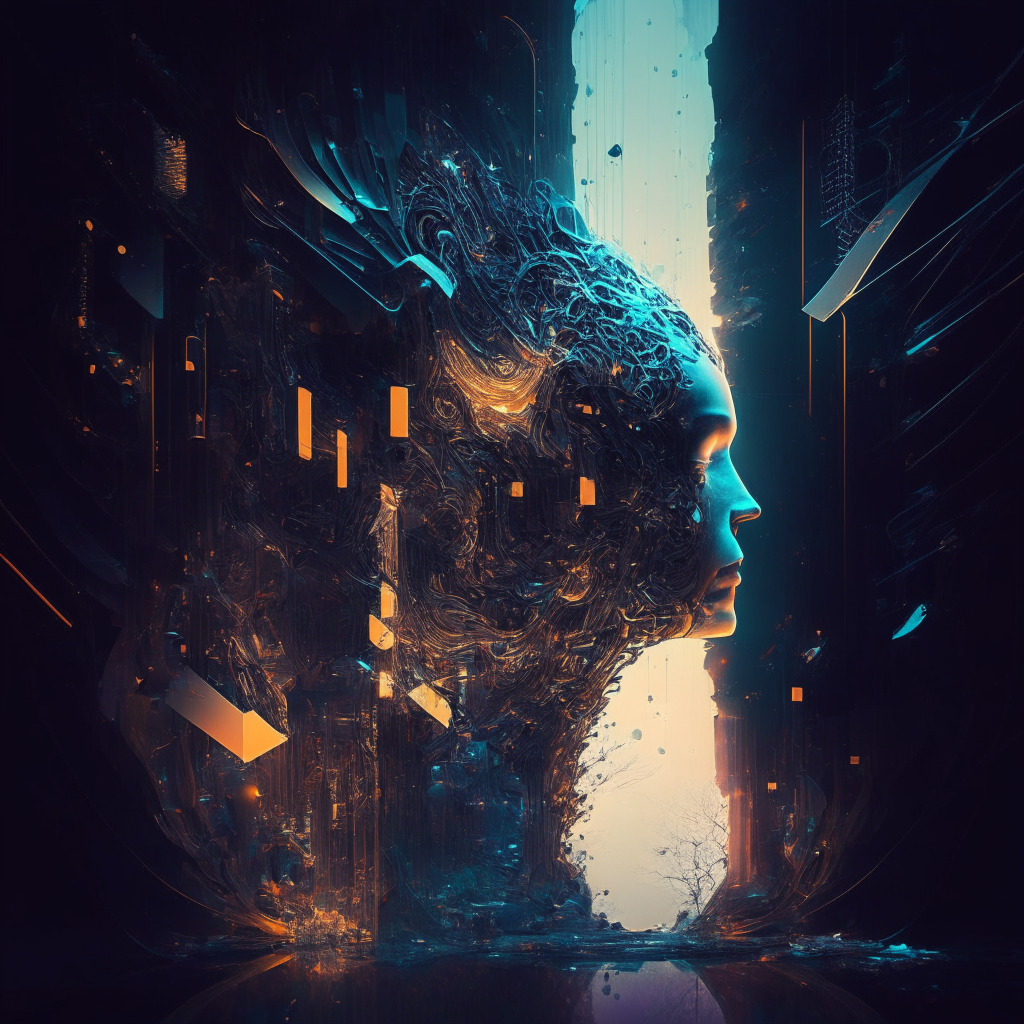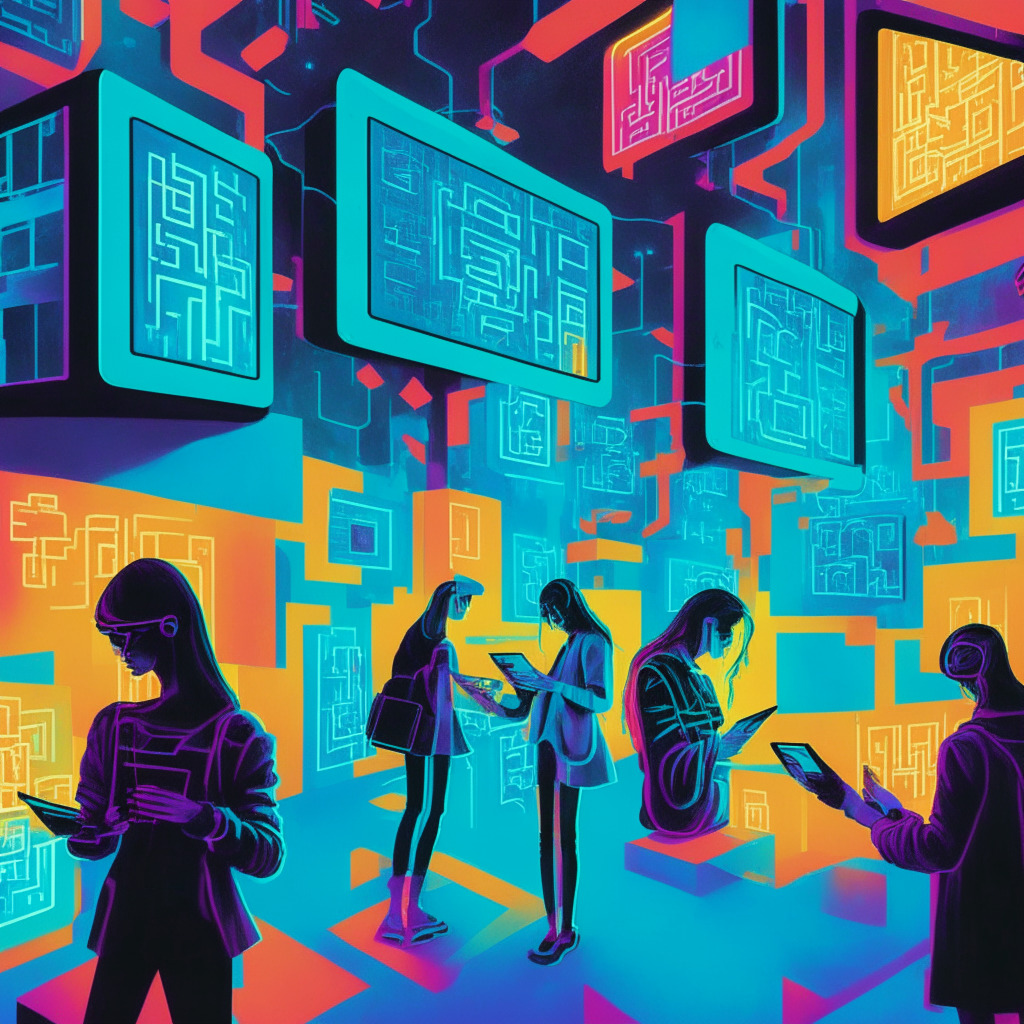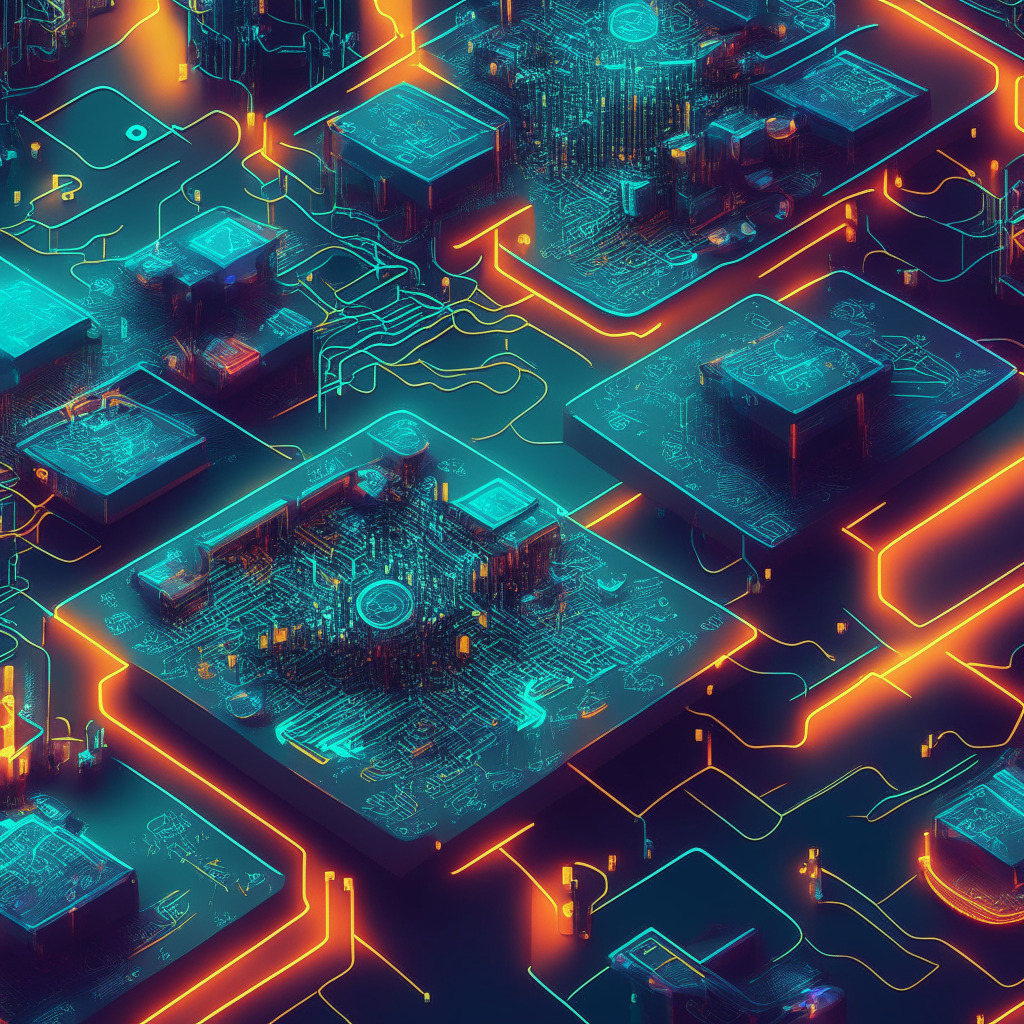OpenAI has introduced a revolutionary generative artificial intelligence (AI) model called DALL-E, capable of producing unique and intricate visuals from textual descriptions. This groundbreaking technology results from the fusion of concepts from language and image processing, pushing the boundaries of generative AI in the field of image synthesis.
Training DALL-E involves using large datasets consisting of text-image pairs, helping it learn to associate visual cues with the semantic meaning of text instructions. The autoencoder architecture of DALL-E comprises two main parts: an encoder and a decoder. The encoder takes in an image and reduces its dimensions, creating a latent space representation. The decoder then utilizes this representation to generate an image. Conditioning the decoder on specific text prompts allows DALL-E to create visuals based on provided textual descriptions.
Some of the interesting use cases and applications of DALL-E include creative design and art, marketing and advertising, interpretability and control, product prototyping, gaming and virtual worlds, and visual aids and accessibility. In creative design and art, for instance, DALL-E can inspire and support the creative process by generating visuals from textual descriptions of proposed visual elements or styles.
Although DALL-E is an exceptional tool for creating graphics from text prompts, there are certain limitations to consider. It may reinforce biases found in the training data, possibly perpetuating stereotypes in society. Additionally, due to its lack of contextual awareness, DALL-E struggles with subtle nuances and abstract descriptions.
The complexity of the model can also make interpretation and control challenging. While DALL-E can create distinctive visuals, it might have difficulty producing alternative versions or capturing all possible outcomes. Generating high-quality images can require considerable effort and processing. Furthermore, the model may produce visually appealing but nonsensical results, ignoring real-world limitations.
Ongoing research is being conducted to address these limitations and further enhance generative AI. As DALL-E continues to evolve, it’s crucial for users to be aware of these restrictions to manage expectations and ensure responsible use of the technology. With its ability to transform textual prompts into images, DALL-E offers a promising future for various industries and applications.
Source: Cointelegraph




